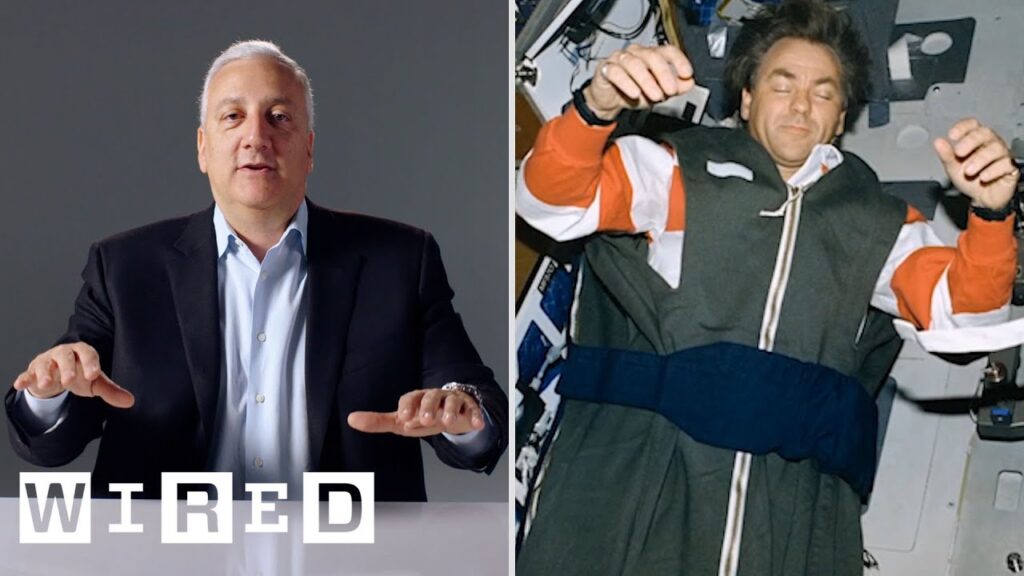Understanding Deception: An Expert’s Guide to Nonverbal Communication
Summary
In this article, we explore the insights of Joe Navarr, a former FBI agent and nonverbal communications expert, on detecting deception during interviews. Navarr emphasizes the importance of creating a comfortable environment for interviewees and avoiding psychological pressure. He also cautions against relying solely on nonverbal cues to detect deception, as it can lead to wrongful convictions and ruin someone’s life. Instead, he recommends verifying information through questioning and evidence.
Table of Contents:
- The Importance of Comfort in Interviews
- Common Misconceptions about Deception
- Using Nonverbal Cues to Elicit a Confession
- The Dangers of Relying Solely on Nonverbal Cues
The Importance of Comfort in Interviews
Joe Navarr’s technique for detecting deception during interviews is to focus on indicators of discomfort and distress. To make interviewees comfortable, he suggests sitting them near the door, not sitting too close, making less eye contact, and using cathartic exhale. He also starts with simple questions, like asking about their name, to help them relax and relate to positive things in their life. Navarr emphasizes the importance of calming the person down, so they have better recall, and not affecting their memory by creating stress.
Common Misconceptions about Deception
The speaker discusses common misconceptions about deception, such as touching one’s nose or mouth being a sign of lying. These misconceptions have led to wrongful convictions and can derail the interviewer. The speaker emphasizes the importance of understanding the human brain in all situations, including forensic interviews. They give an example of a case where a suspect was found through investigative techniques.
Using Nonverbal Cues to Elicit a Confession
The speaker recounts a story about questioning someone named Ricky, who was suspected of killing someone. The speaker used nonverbal cues, such as Ricky’s defensive body language, to elicit a confession. However, the speaker cautions against relying solely on nonverbal cues to detect deception, as it is not a science and can lead to false accusations.
The Dangers of Relying Solely on Nonverbal Cues
The speaker emphasizes the seriousness of accusing someone of lying based on nonverbal cues, as it can ruin someone’s life and is not admissible in court. Instead, they recommend verifying information through questioning and evidence. Lying is a tool for social survival, and it is essential to approach the subject with empathy and understanding.
Conclusion
In conclusion, detecting deception is a complex task that requires a deep understanding of nonverbal communication and the human brain. Joe Navarr’s technique emphasizes the importance of creating a comfortable environment for interviewees and avoiding psychological pressure. While nonverbal cues can be useful, it is crucial to verify information through questioning and evidence to avoid false accusations and wrongful convictions. Ultimately, approaching the subject with empathy and understanding is key to detecting deception accurately.







